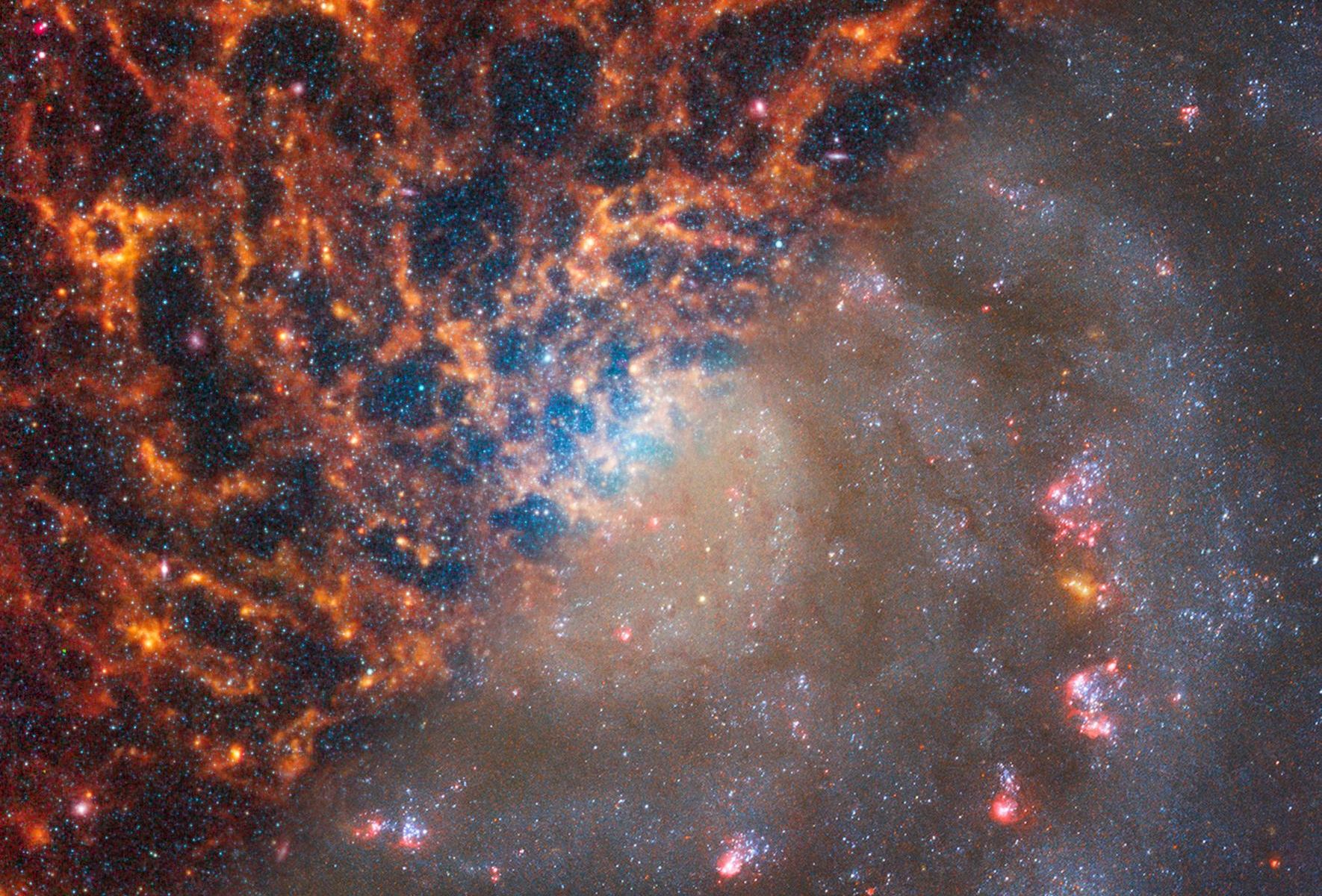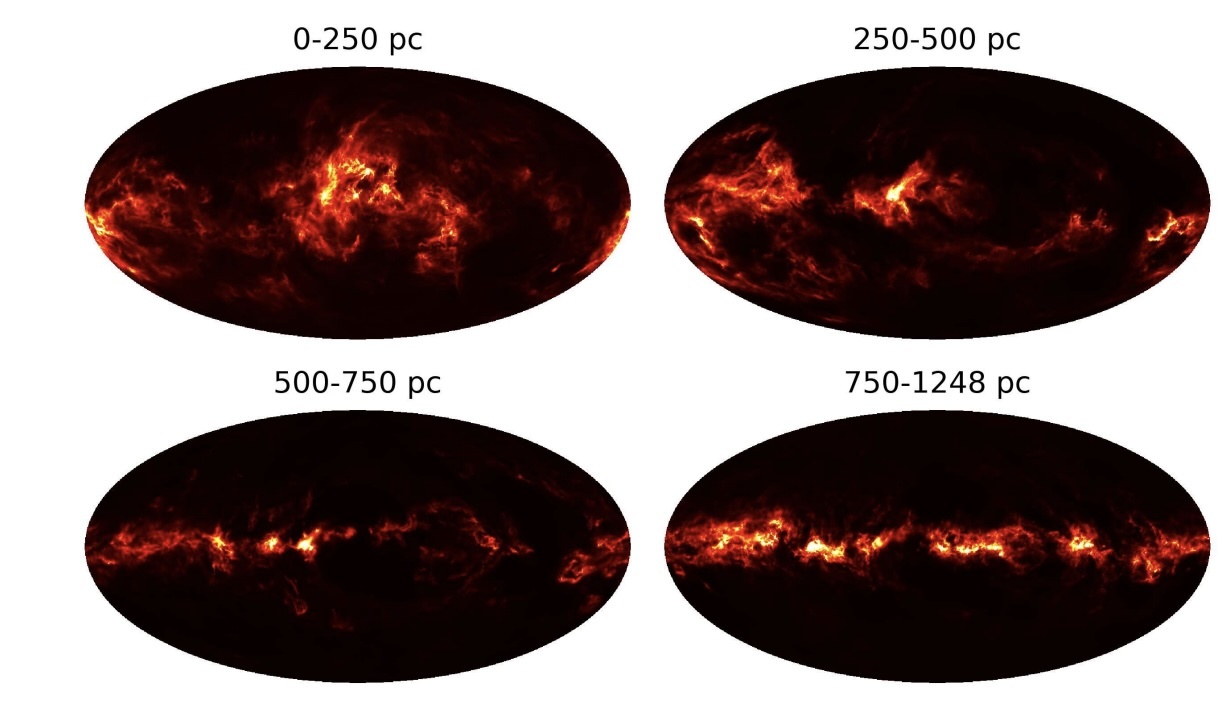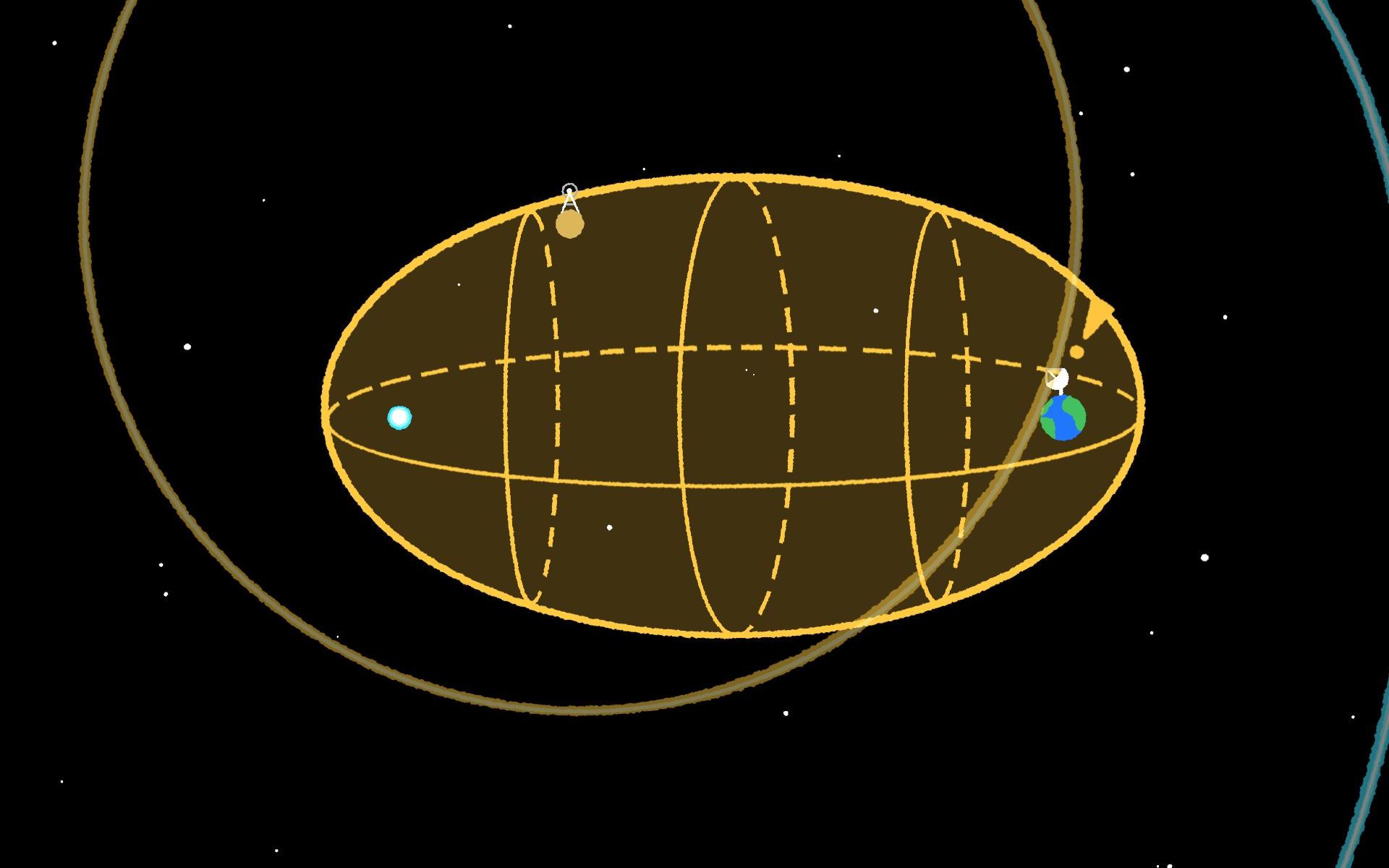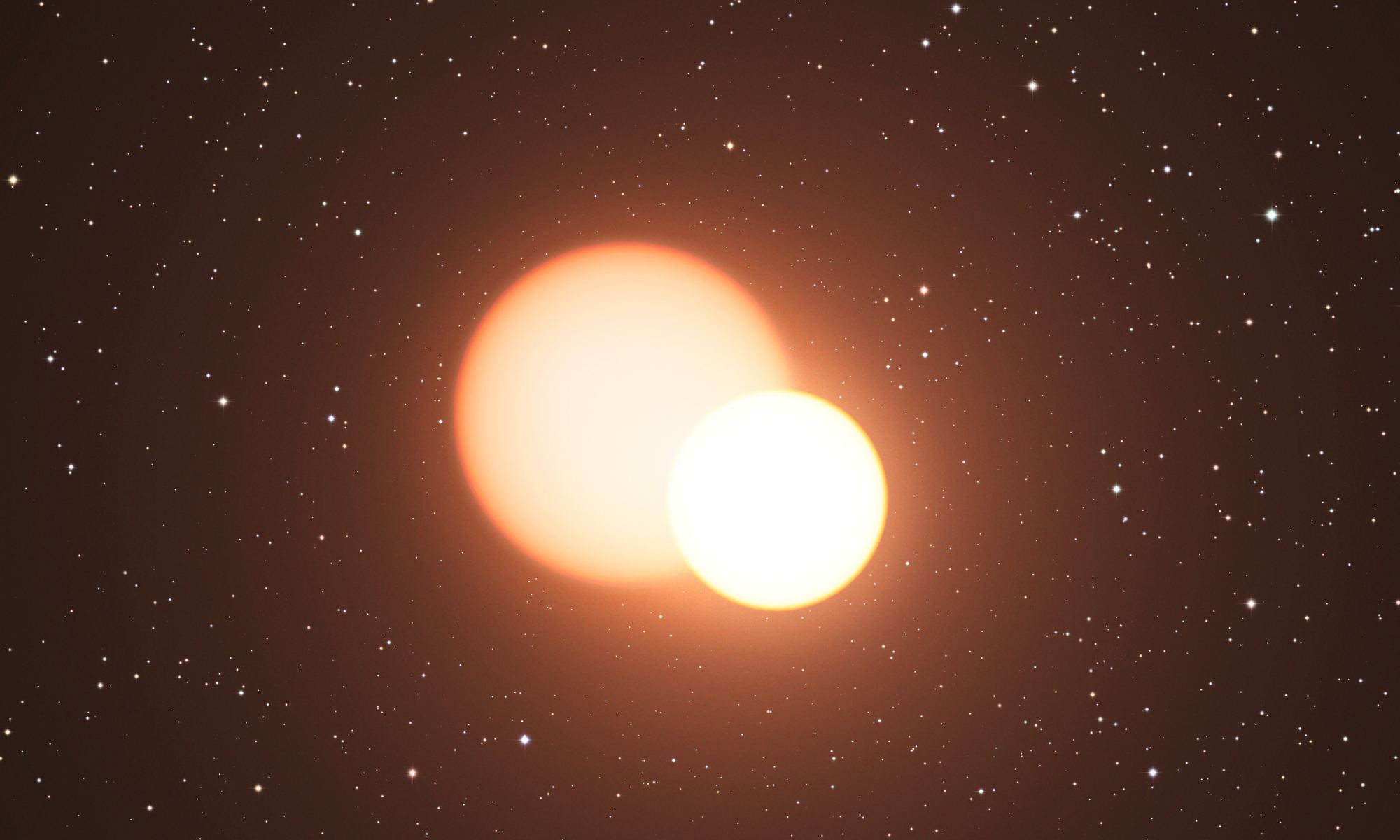The Galaxy is a collection of stars, planets, gas clouds and to the dismay of astronomers, dust clouds. The dust blocks starlight from penetrating so it’s very difficult to learn about the far side of the Galaxy. Thankfully the upcoming Nancy Grace Roman telescope has infrared capability so it can see through the dust. A systematic survey of the far side of the Milky Way is planned to see what’s there and could discover billions of objects in just a month.
Continue reading “Nancy Grace Roman will Map the Far Side of the Milky Way”Are Andromeda and the Milky Way Already Exchanging Stars?
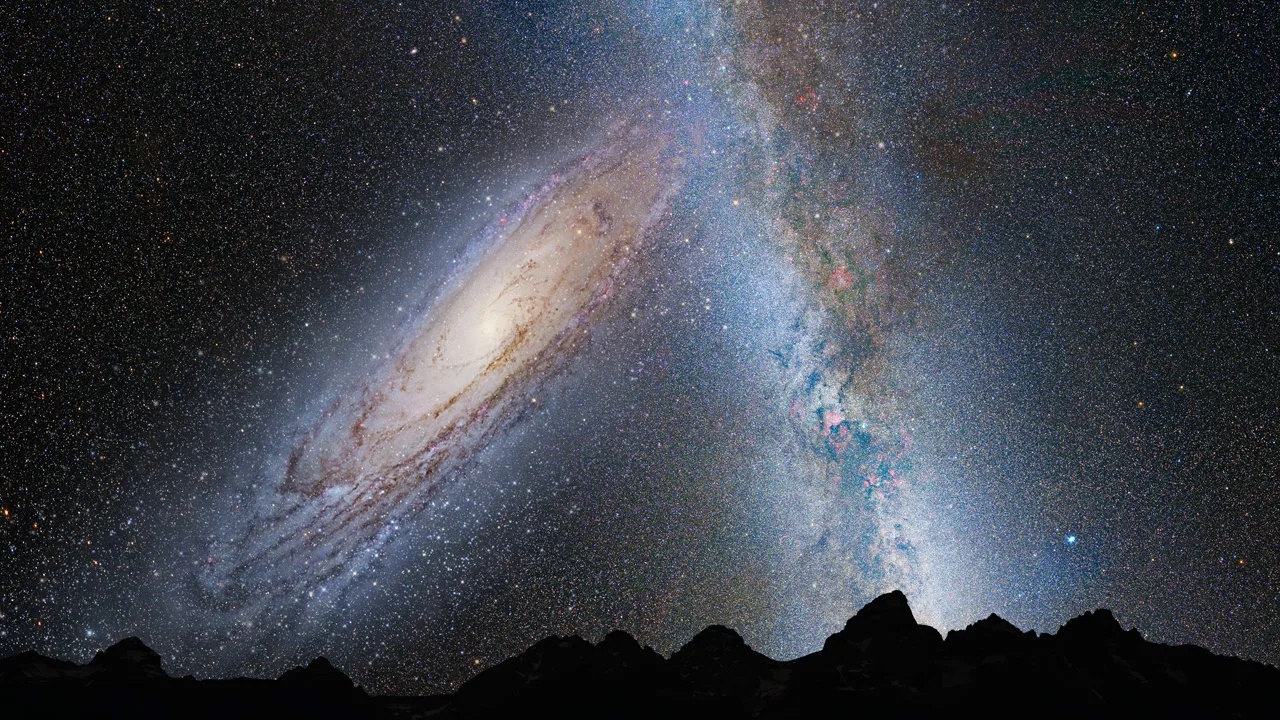
I often drag out the amazing fact that the Andromeda Galaxy, that faint fuzzy blob just off the corner of the Square of Pegasus, is heading straight for us! Of course I continue to tell people it won’t happen for a few billion years yet but a recent study suggests that we are already seeing hypervelocity stars that have been ejected from Andromeda already. It is just possible that the two galaxies have already started to exchange stars long before they are expected to merge.
Continue reading “Are Andromeda and the Milky Way Already Exchanging Stars?”Astronomers Build a 3D Map of Dust Within Thousands of Light-Years
If you explore the night sky it won’t be long before you realise there is a lot of dust and gas up there. The interstellar dust between the stars accounts for 1% of the mass of the interstellar medium but reflects 30% of the starlight in infrared wavelengths. The dust plays a key role in the formation of stars and the evolution of the Galaxy. A team of astronomers have attempted to map the dust out to a distance of 3000 light years and have just released the first 3D map of the dust in our Galaxy.
Continue reading “Astronomers Build a 3D Map of Dust Within Thousands of Light-Years”Scientists Track How a Giant Wave Moved Through Our Galactic Backyard
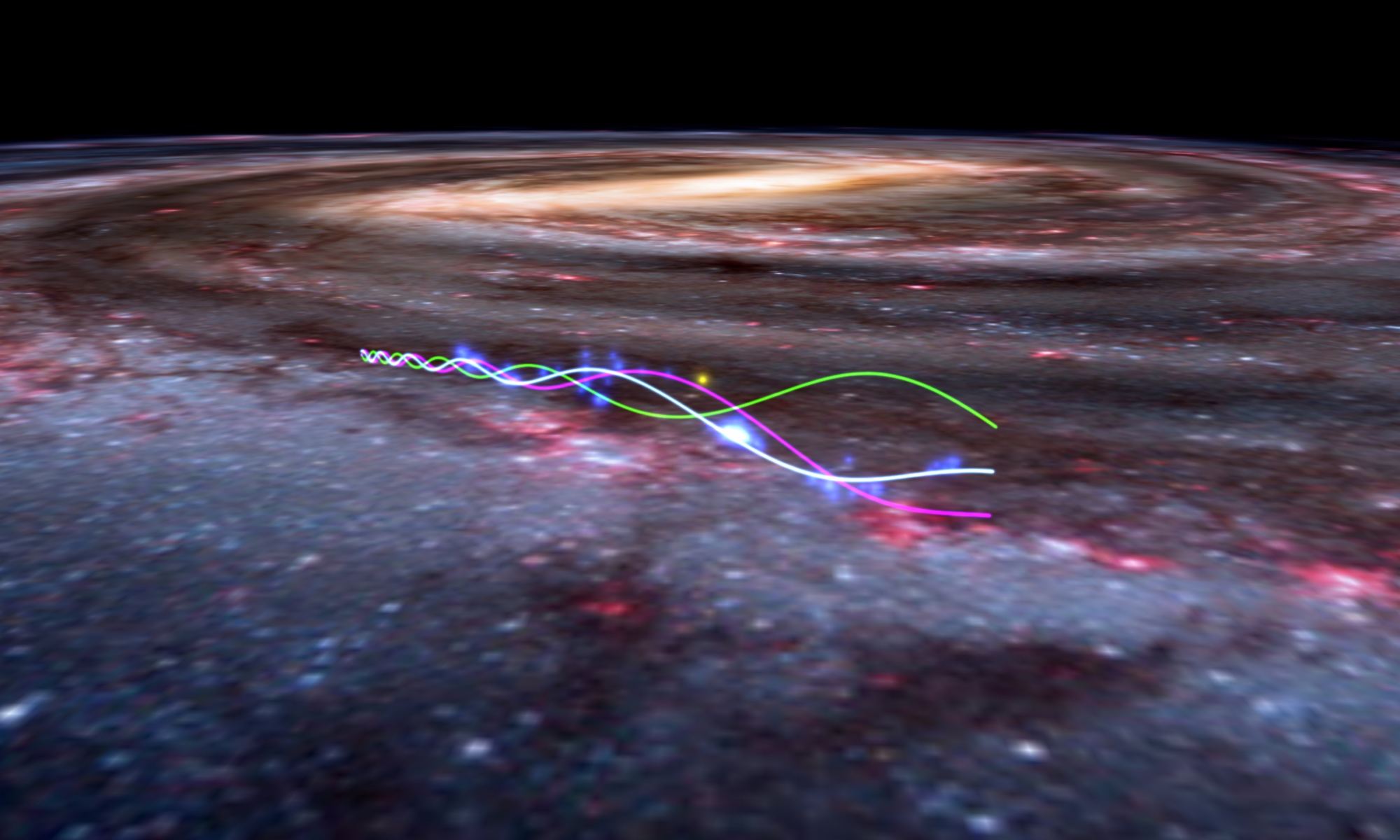
Astronomers say there’s a wave rippling through our galactic neighborhood that’s playing a part in the birth and death of stars — and perhaps in Earth’s history as well.
The cosmic ripple, known as the Radcliffe Wave, was identified in astronomical data four years ago — but in a follow-up study published today by the journal Nature, a research team lays out fresh evidence that the wave is actually waving, like the wave that fans in a sports stadium create by taking turns standing up and sitting down.
“Similar to how fans in a stadium are being pulled back to their seats by the Earth’s gravity, the Radcliffe Wave oscillates due to the gravity of the Milky Way,” study lead author Ralf Konietzka, a researcher at Harvard and the Harvard-Smithsonian Center for Astrophysics, or CfA, said in a news release.
Continue reading “Scientists Track How a Giant Wave Moved Through Our Galactic Backyard”The SETI Ellipse Tells Us Where to Search for Extraterrestrial Civilizations
Of all the questions that remain unanswered, the question of life in the Universe is surely the one that captures our attention the most. In a Universe whose observable edge is 46 billion light years away, is it even conceivable that we are alone, the sole planet among the millions and perhaps billions that are out there, where life has evolved, an oasis of life in the cosmic ocean. In the search for alien civilisations, researchers have proposed that it may be possible to use bright galactic events like supernovae to act as a focal point for civilisations to announce their presence!
Continue reading “The SETI Ellipse Tells Us Where to Search for Extraterrestrial Civilizations”Astronomers Measure the Mass of the Milky Way by Calculating How Hard it is to Escape
If you want to determine your mass, it’s pretty easy. Just step on a scale and look at the number it gives you. That number tells you the gravitational pull of Earth upon you, so if you feel the number is too high, take comfort that Earth just finds you more attractive than others. The same scale could also be used to measure the mass of Earth. If you place a kilogram mass on the scale, the weight it gives is also the weight of Earth in the gravitational field of the kilogram. With a bit of mass, you have the mass of Earth.
Continue reading “Astronomers Measure the Mass of the Milky Way by Calculating How Hard it is to Escape”There’s Less Dark Matter at the Core of the Milky Way
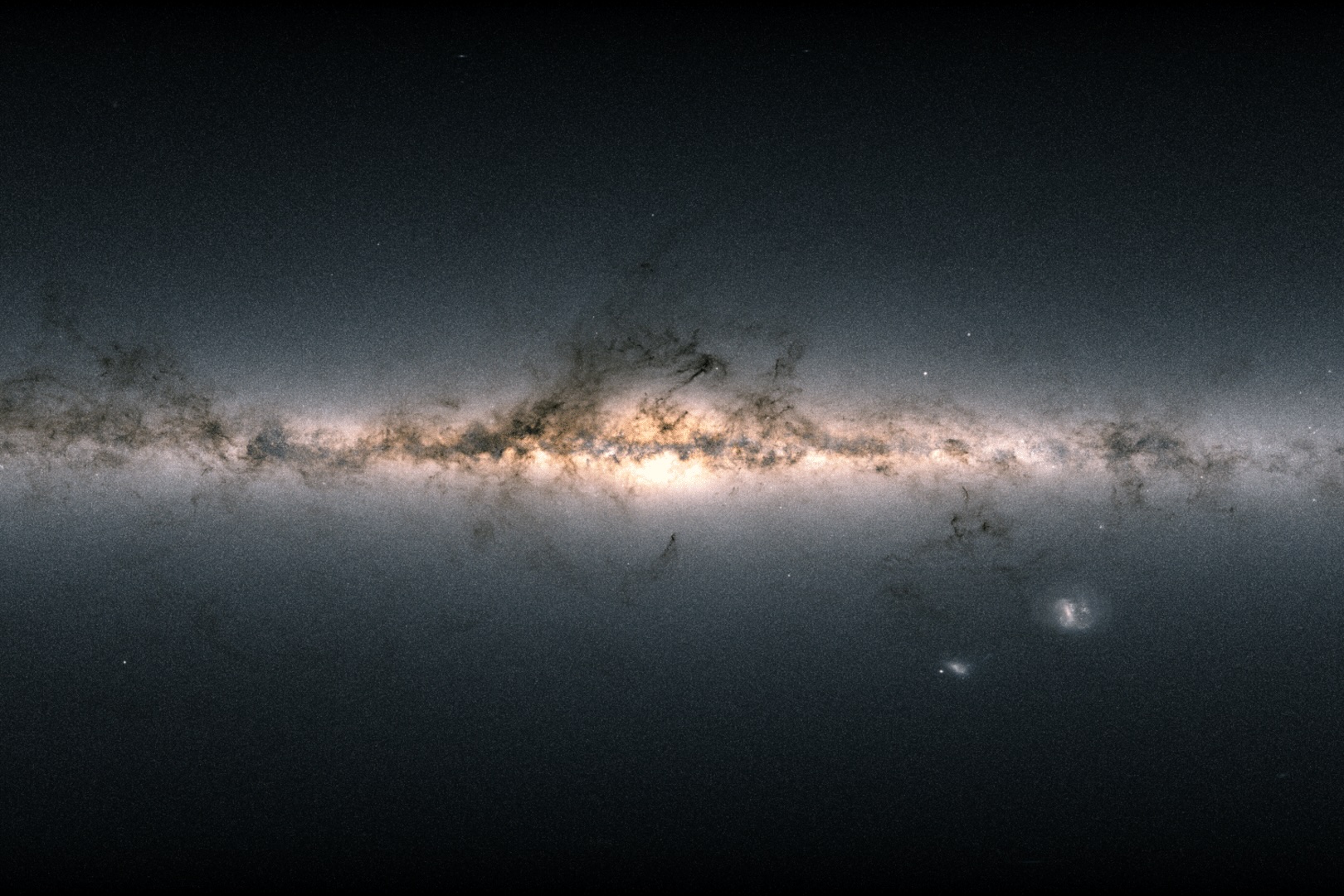
Science really does keep you on your toes. First there was matter and then there were galaxies. Then those galaxies had more stuff in the middle so stars further out were expected to move slowly, then there was dark matter as they actually seemed to move faster but now they seem to be moving slower in our Galaxy so perhaps there is less dark matter than we thought after all!
Continue reading “There’s Less Dark Matter at the Core of the Milky Way”Will Wide Binaries Be the End of MOND?
It’s a fact that many of us have churned out during public engagement events; that at least 50% of all stars are part of binary star systems. Some of them are simply stunning to look at, others present headaches with complex orbits in multiple star systems. Now it seems wide binary stars are starting to shake the foundations of physics as they question the very theory of gravity.
Continue reading “Will Wide Binaries Be the End of MOND?”For its Next Trick, Gaia Could Help Detect Background Gravitational Waves in the Universe

Ripples in a pond can be captivating on a nice sunny day as can ripples in the very fabric of space, although the latter are a little harder to observe. Using the highly tuned Gaia probe, a team of astronomers propose that it might just be possible to detect gravitational waves through the disturbance they impart on the movement of asteroids in our Solar System!
Continue reading “For its Next Trick, Gaia Could Help Detect Background Gravitational Waves in the Universe”Astronomers Find Dozens of Massive Stars Fleeing the Milky Way
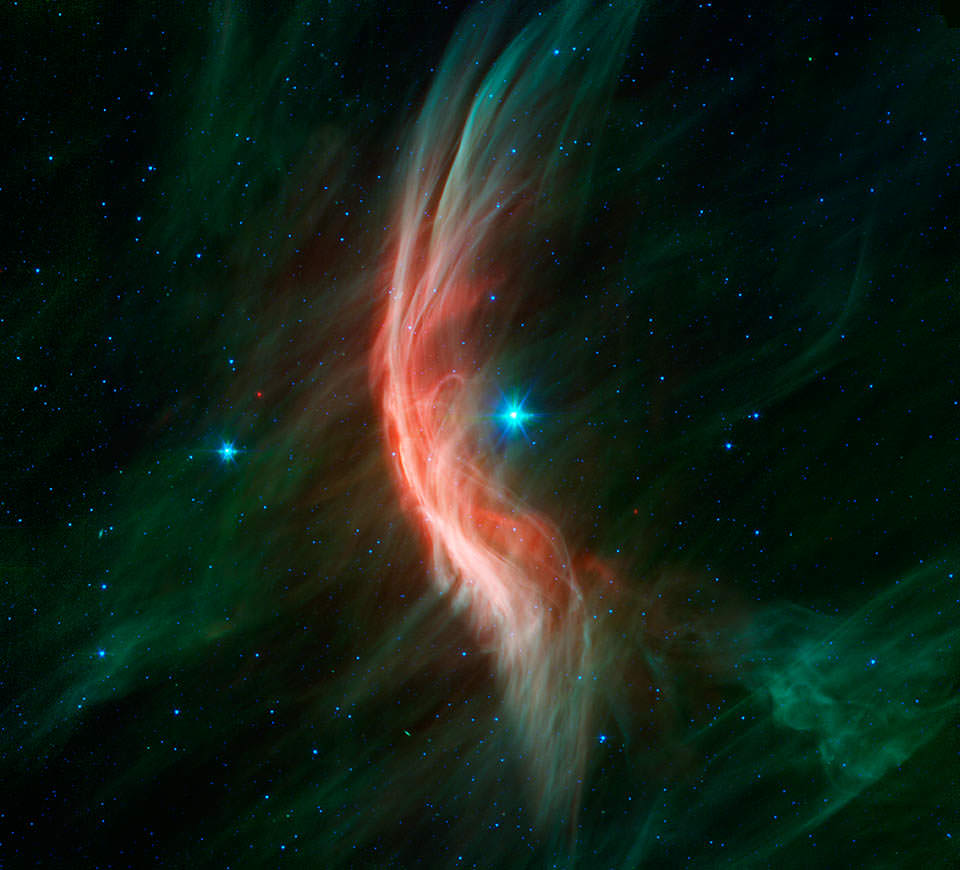
The Milky Way can’t hold onto all of its stars. Some of them get ejected into intergalactic space and spend their lives on an uncertain journey. A team of astronomers took a closer look at the most massive of these runaway stars to see what they could find out how they get ejected.
Continue reading “Astronomers Find Dozens of Massive Stars Fleeing the Milky Way”
